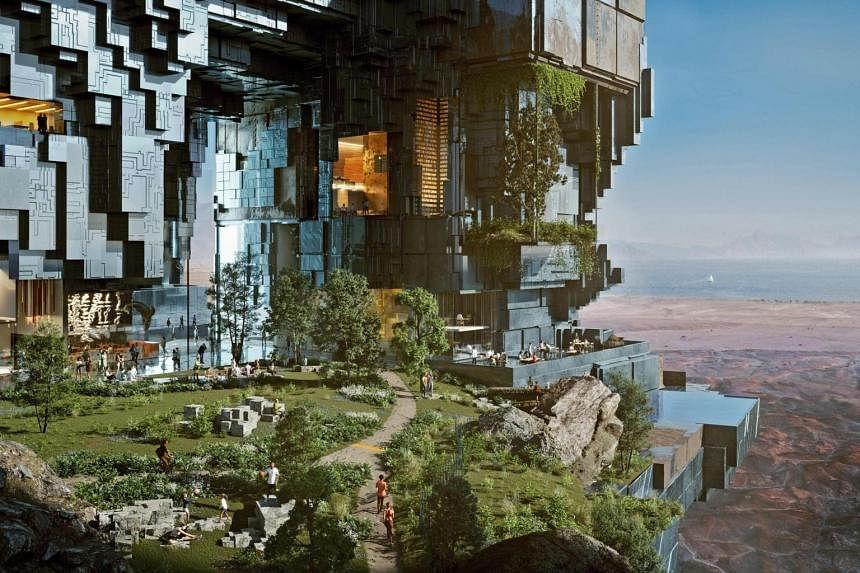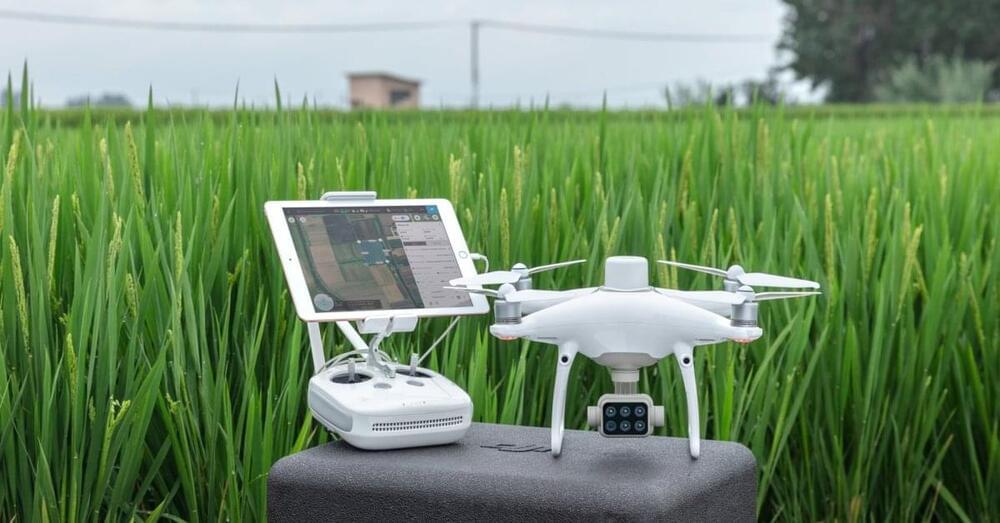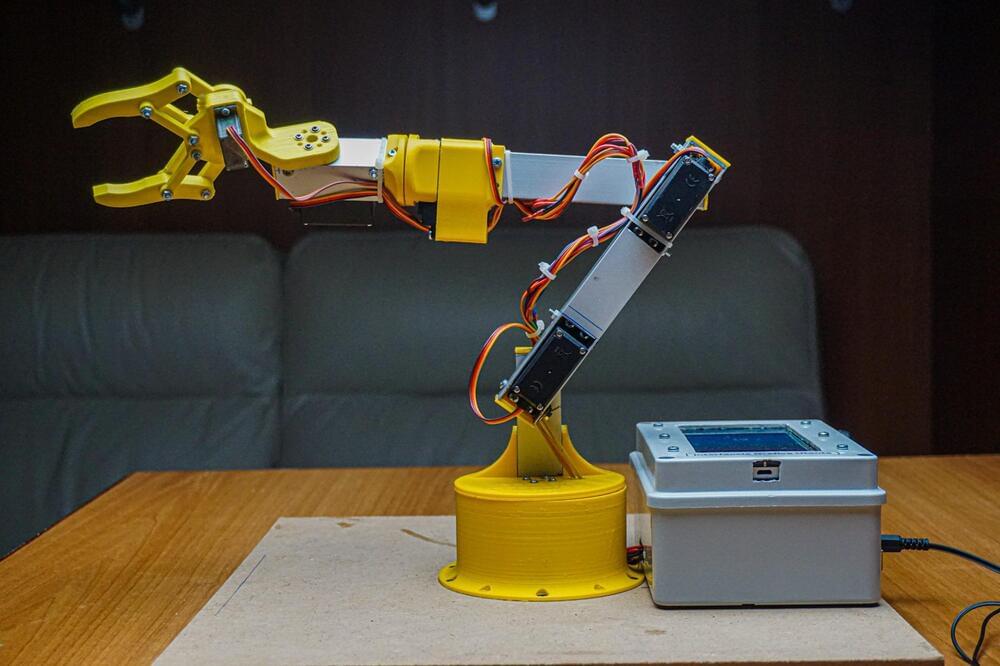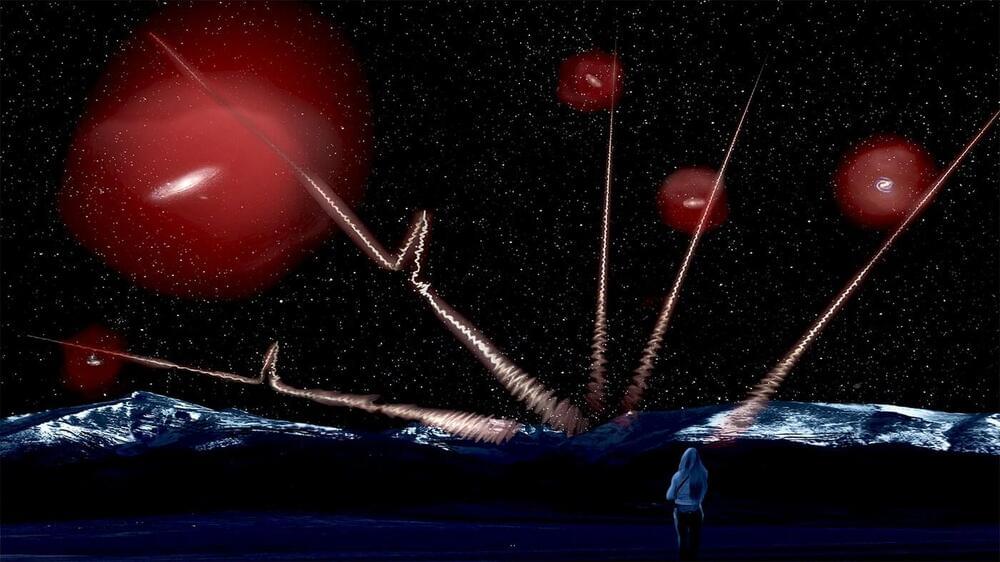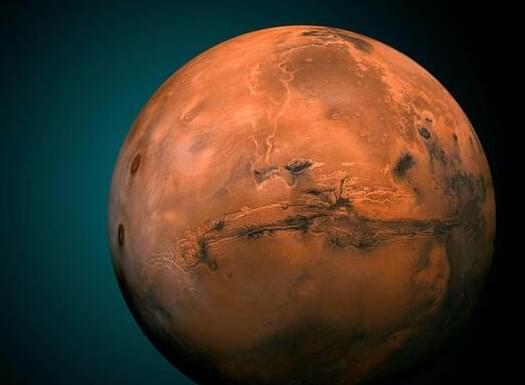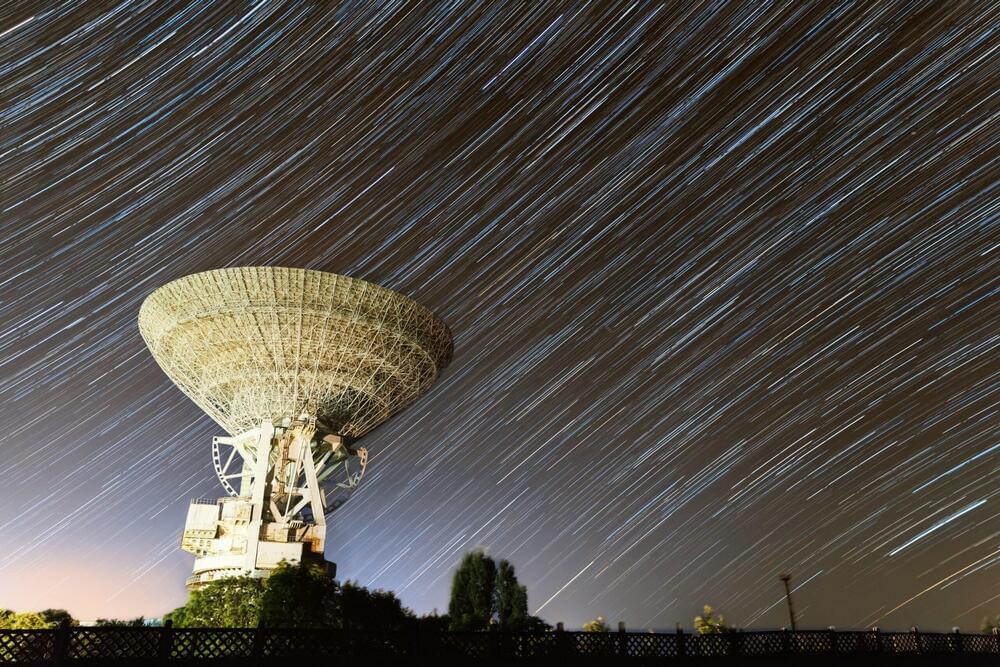
Astronomers from MIT report today that they have discovered a mysterious signal with a pattern akin to a heartbeat, emanating from a far-off galaxy that is billions of light-years from Earth. Exactly what the source may be of this regular pulse of radio waves remains a mystery, as it is the first time that such a signal has been recorded.
They have identified the signal as a fast radio burst (FRB), which is typically an intensely strong burst of radio waves of unknown astrophysical origin that lasts only a few milliseconds at most. This new signal, labelled FRB 20191221A, is unusual, because it persists for up to three seconds, which is about 1,000 times longer than the average FRB. Within this time, there are shorter bursts of radio waves that repeat every 0.2 seconds in a clear periodic pattern, similar to that of a beating heart.
Since the first FRB was discovered in 2007, hundreds of similar radio flashes have been detected across the universe, most recently by the Canadian Hydrogen Intensity Mapping Experiment, or CHIME, an interferometric radio telescope that is located at the Dominion Radio Astrophysical Observatory in British Columbia, Canada. CHIME is designed to pick up radio waves emitted by hydrogen in the very earliest stages of the universe, but the telescope is also sensitive to fast radio bursts. Since it began observing the sky in 2018, CHIME has detected hundreds of FRBs emanating from different parts of the sky.
